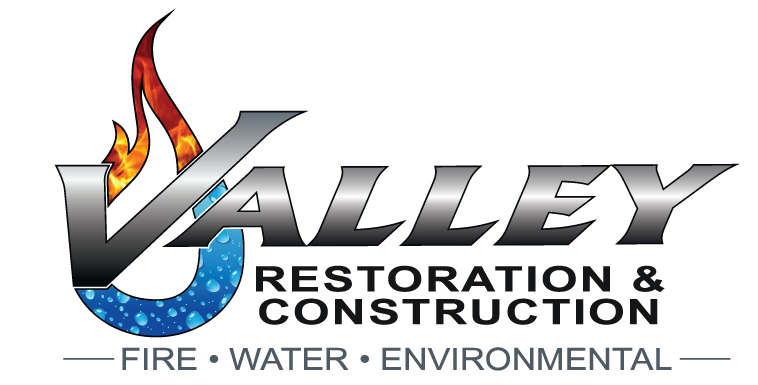When disaster strikes, homeowners often find themselves in a state of shock. Their home has been wrecked by fire or water damage and they need to figure out a way to bring it back to its previous state.
The first crucial step is to mitigate the damage. Emergency mitigation services ensure that there is no further damage to your home. Water is stopped, broken windows are boarded, and the roof is temporarily sealed until repairs can be made.
However, you can’t leave your home patched up like that forever. You need proper restoration: this means replacing the damaged walls and floors, repairing the ceiling, and painting the walls. Only after home restoration is over can your home welcome you in again.
Some home repair companies only go as far as mitigation. To return a damaged building to its previous condition, however, you need a mitigation and reconstruction company that will come to your place, prevent further damage, and finish the rebuilding process for you and your family.
What Is Home Assessment?
After a fire or a flood, your home requires an assessment from professionals who will appraise the damage.
They will look into how much water entered the drywall or what type of water caused the damage: clean, gray, or black water. This will determine the level of disinfection required and how many things can be salvaged.
In case of fire, and after you have followed some basic first steps after a fire to save as much of your property as possible, the mitigation and restoration experts will gauge the extent of the smoke and soot damage and evaluate how much cleaning is necessary.
In both cases, the experts will also help salvage your precious belongings. Items that seem beyond salvation are often easy enough to repair with the right equipment and expertise.
Home assessment goes hand in hand with mitigation. Once the professionals have carefully examined the damage and its causes, they will move on to mitigating it.
What Is Mitigation?
- Cutting off the source of the water damage such as a burst pipe.
- Removing damaged furniture and beloMitigation helps stop further damage to your home. If it’s a leaky pipe, the mitigation experts will repair the pipe to stop it from flooding further. If it’s a fire, they will check what the source of the fire was and mitigate the fire and smoke damage. They may also remove damaged items to prevent them from further damage.
Mitigation is necessary because it limits the extent of the damage and makes it easier—and, eventually, cheaper—to restore your home. Leaving your house and belongings as they were will only lead to longer and more costly repairs.
Mitigation encompasses several steps, such as:
- Minimize water damage by lifting carpets off the floors. This will stop them from soaking up more water. It will also prevent the development of mold.
- Cleaning and disinfecting the area.
- Boarding windows if they have been broken from a fire to stop intruders from entering your home and to protect your home from damage from the elements.
- Removing branches and debris from inside your home.
- Extracting water from the premises, whether it came from a flood or from firefighting efforts.
- Cutting off the source of the water damage such as a burst pipe.
- Removing damaged furniture and belongings to stop them from further damage, e.g. from soaking more water or smoke.
- Temporarily fixing the roof, usually with tarp, to stop more water from entering your home.
Once these things have been done, the damage has been limited. However, you still can’t live in your home.
The roof is only fixed with temporary materials, your walls are still damaged from water or fire, your wooden floors have soaked up water and are slowly being destroyed, your carpets have been removed and turned into dripping piles, you probably don’t have electricity or water in your home, and your building’s structural integrity may have been compromised.
You now need a restoration and reconstruction company that will take it from there and start repairing your home to bring it to its pre-damaged state.
What Is Home Restoration?
Home restoration is when professional teams of builders, electricians, plumbers, and other experts rebuild your home after a disaster.
During restoration, your home may have to be rebuilt. Depending on the extent and nature of the damage, these experts may perform a score of different tasks, such as the following:
- Repair, sand, or replace your fire-damaged or water-damaged floors.
- Dry, repair, and repaint your walls.
- Dry your belongings and disinfect them after water damage.
- Clean up and deodorize the house after smoke damage.
- Eliminate mold, which may hide in the most unexpected places. After water damage, mold can build up in as little as 24 hours.
- Replace electrical circuits if damaged.
- Test the moisture and humidity levels under your wooden floors.
- Redo the ceiling and the roof, or plaster the ceiling.
- Paint the house or parts of it.
Why Is Mitigation Not Enough?
Mitigation will prevent further damage to your home. However, and while mitigation is a necessary first step for the restoration stage, it is not enough on its own. It’s practically impossible to live in a damaged house that has only gone through the mitigation process.
Restoration will return your property to its original condition. When your house gets damaged from water, fire, or mold, you need a mitigation and restoration company that will handle the project from start to end. Upon completion of the work, they will give you the key to your home, ready for you to live in again.
Call us at 970-964-4437 or contact Valley Restoration and Construction to mitigate any damage from fire, flooding, or mold. We will then restore your home to its previous condition. We are available 24/7 online and will restore your home to its previous condition with minimal inconvenience to you.
